Electric+hybrid! Detailed interpretation of Toyota Prius PHEV
[XCAR Information Original]
When it comes to hybrid power, most people should think of a Toyota car, which is the Prius. Yes, the Prius is not the first hybrid car, but it is the most famous and best-selling hybrid car at present. Its cumulative sales in the world have exceeded 2 million, which is beyond the reach of most conventional models. However, after three generations of development, today’s Prius has lost its youth and become more mature. At the same time, Prius has also derived more products with different technical routes, such as the Prius plug-in hybrid (PHEV) model we experienced this time. This is not just a hybrid, it is more energy-saving and greener than hybrid.If you don’t know much about the Prius PHEV, please click on the fourth page first!

The Prius PHEV is built on the basis of the third-generation Prius. The power system is quite different from the latter, but there is almost no difference in appearance. It can only be found from the signs on both sides of the car body that this is a plug-in hybrid vehicle.
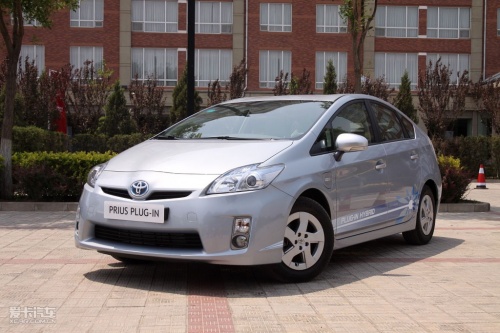
The Prius PHEV is built on the basis of the third-generation Prius, and there is almost no difference in appearance.
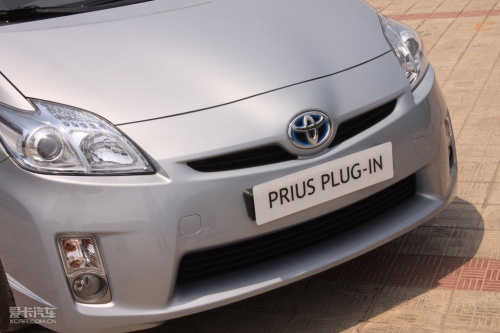
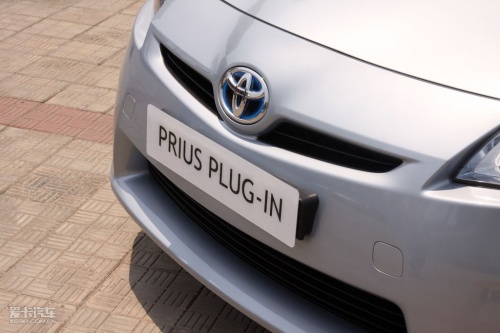
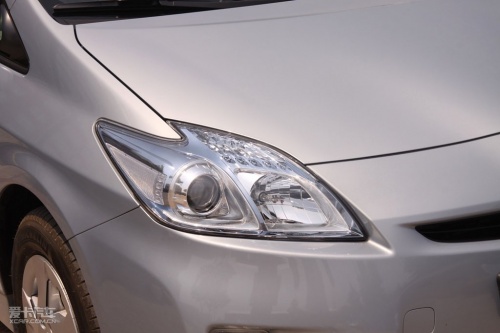
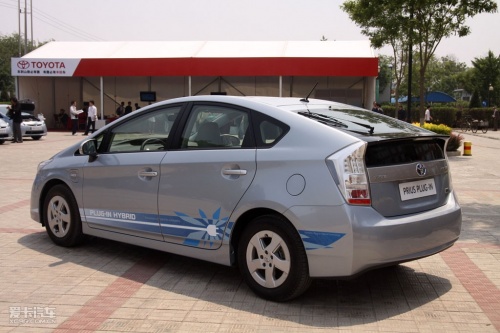
From this point of view, the Prius PHEV should be classified as fastback, similar to MG6.
Compared with the old model, the new Prius is more personalized and dynamic. In addition, the Prius PHEV uses the same Toyota MC platform as Corolla, Matrix and Scion xB. Its length is 4.46 meters, only 1.2 cm more than that of the second-generation Prius, and the wheelbase has not changed, still 2.7 meters.
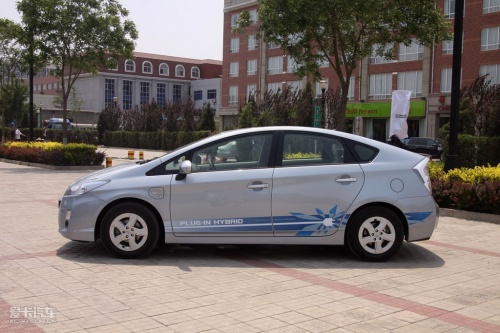
The "fuel tank cover" in the front is the charging port, and the tail is the real fuel tank cover.
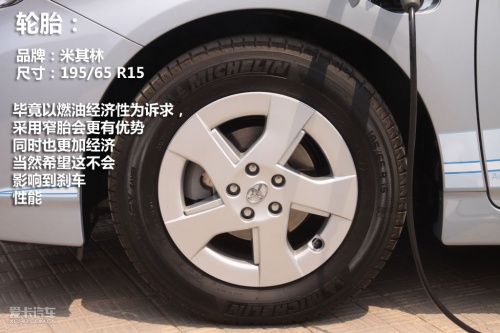
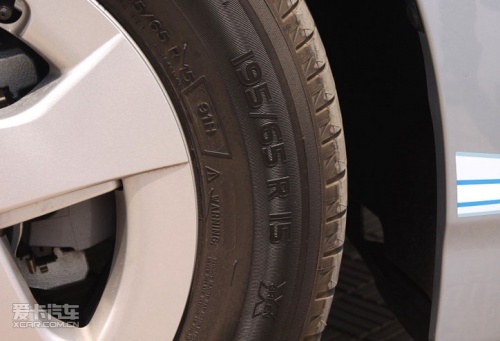
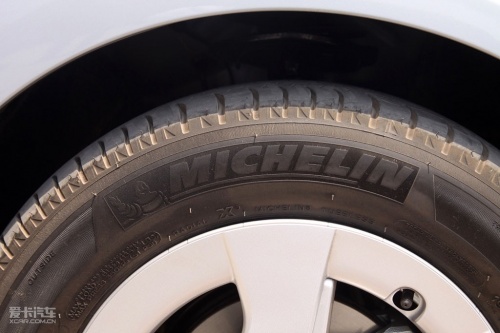
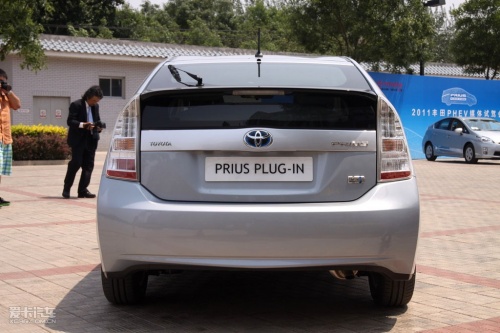
From the rear, you will still think that this is an ordinary version of the Prius hybrid car.
There is a charging port on the left side of the front of the Prius PHEV, through which the battery can be charged. The domestic 220V power supply can fully charge the 5.3kwh battery within 100 minutes.
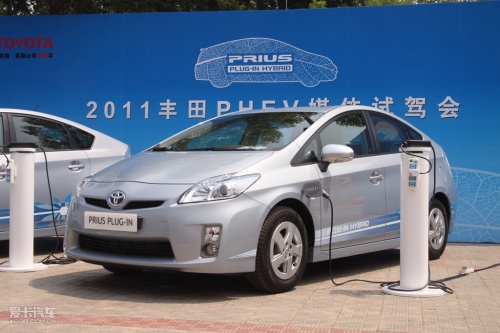
The daily charging scene should be in the garage, community or
You can see it in the roadside rest area
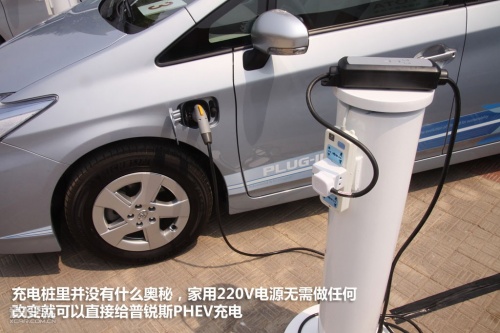
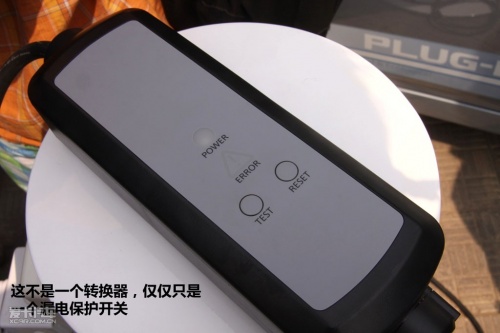
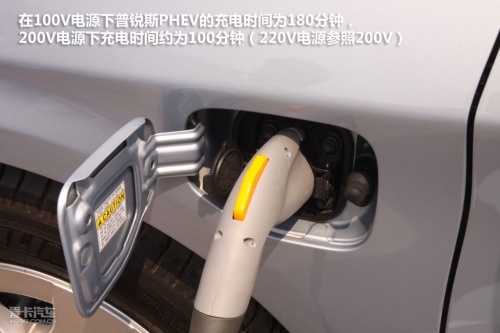
Although there is a white charging pile next to the Prius, it is actually not a power conversion device. 220V of household power supply is enough for the Prius PHEV. This means that as long as there is a 220V power supply, it can be charged anytime and anywhere, which is very convenient.
Introduction to Prius PHEV-Appearance
The interior of the Prius PHEV is a warm style commonly used by Toyota. The design of the central control is relatively simple, and the floating central control operation panel divides the front cockpit into two halves. Considering the cost, the materials used in the interior of the Prius PHEV are average, but the fine workmanship is a good compensation.
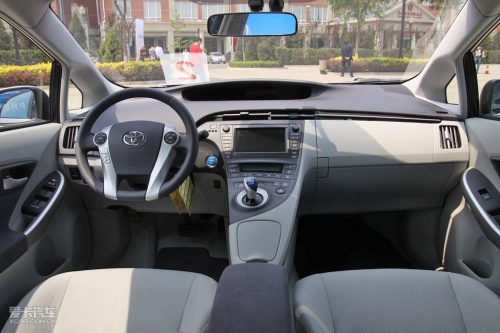
Japanese typical shallow interior style, exquisite design and excellent workmanship,
However, the materials used are general, and the central control is made of hard materials, which is caused by cost control.
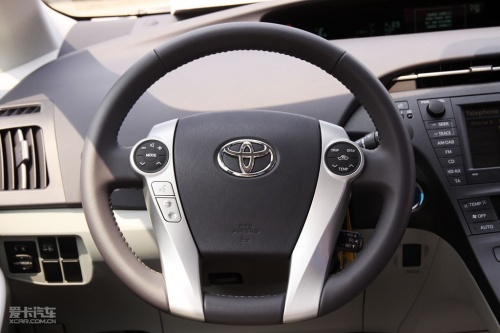
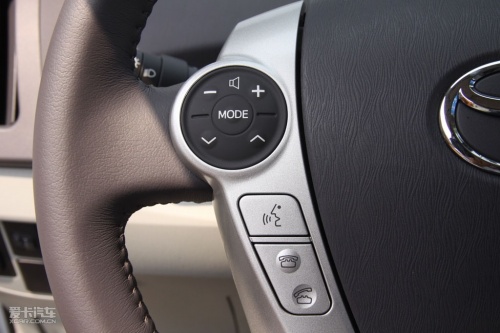
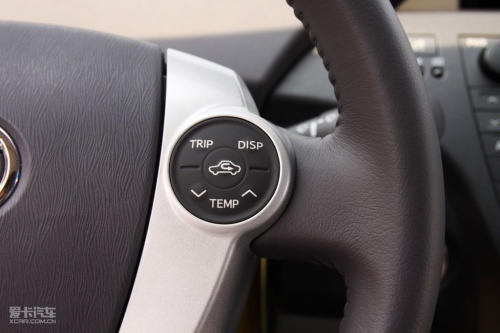
The multifunctional steering wheel is the only part of the whole car wrapped in leather material.
Multimedia control on the left and air conditioning control on the right.
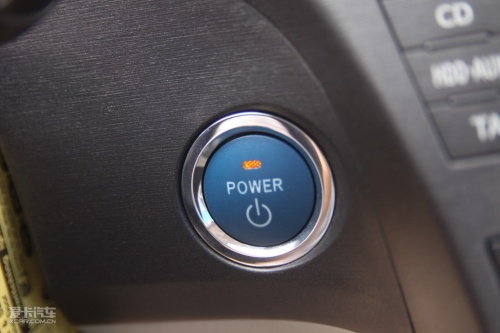
Blue one-button start button unique to hybrid vehicles
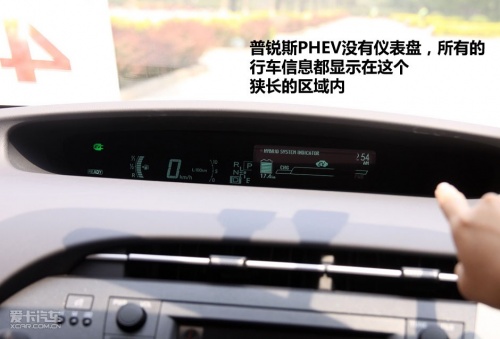
This design is actually not humanized, in the daytime with strong light.
It is difficult to distinguish the information on the screen, which will distract the driver.
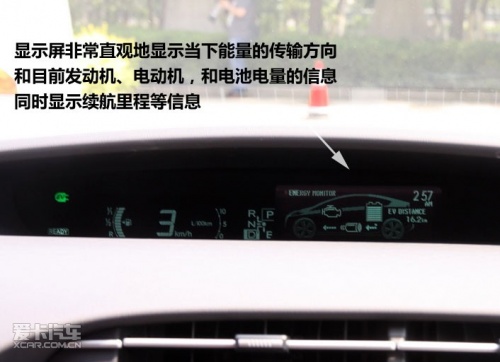
The Prius PHEV doesn’t use the dashboard design, and puts the driving information on the narrow display screen in front of the central control. Although the display information is very rich, such a design is difficult to identify, especially in the case of strong light.
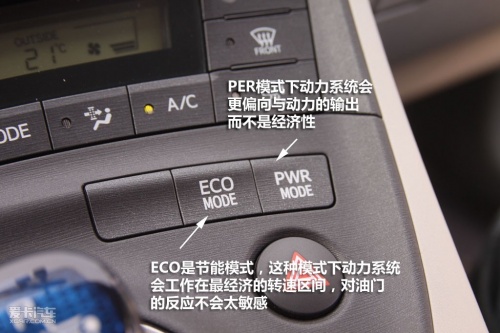
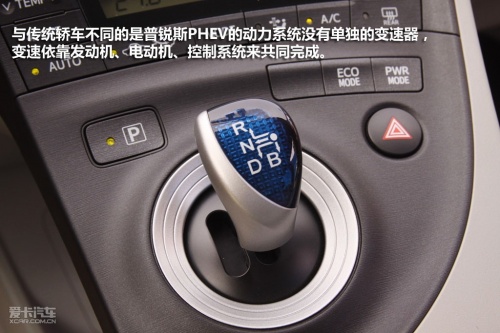
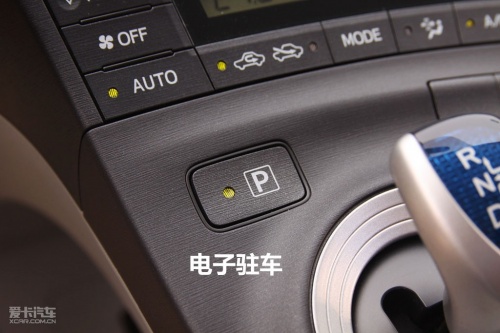

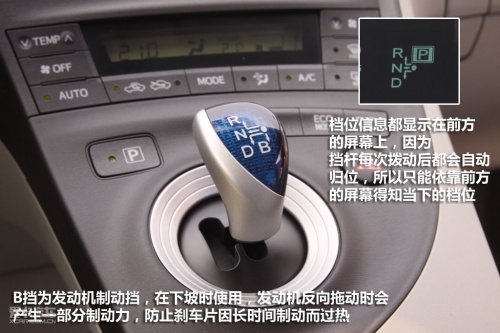
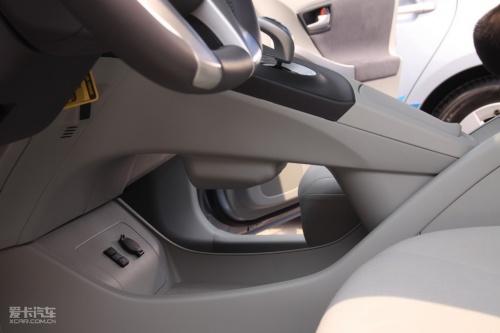
The suspended center console is designed to maximize the space utilization, and the bottom is a 12V power socket.
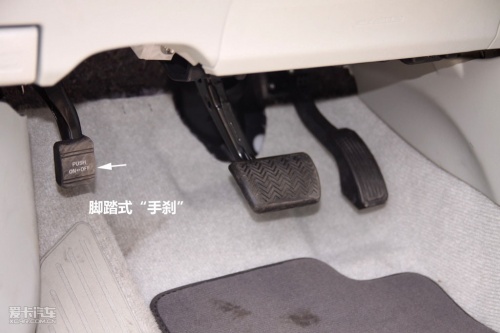
If you don’t pay attention, you will think that this is a manual transmission model.
The operation of the Prius PHEV is a little different from that of the traditional model. Firstly, the shift lever is very small, and after shifting gears, the shift lever will automatically return to its original position, and the gear information will be displayed on the front display screen. Although this design is distinctive, it is not very humanized. In addition, the Prius PHEV doesn’t have a button to switch between EV (pure electric) and HEV (hybrid electric) modes, that is, you can only drive in EV mode before the battery is exhausted.
Introduction to Prius PHEV-Interior and Configuration
After all, the Prius PHEV is a Japanese car, and the space design still reflects the meticulous and humanized Japanese style. The storage space in the car is rich, and the design is clever. However, for the same cost reason, the Prius PHEV does not use leather seats, but uses cheaper flannel seats. In addition, except for the front and rear electric adjustment in the driver’s seat, the rest of the seats are manually adjusted.
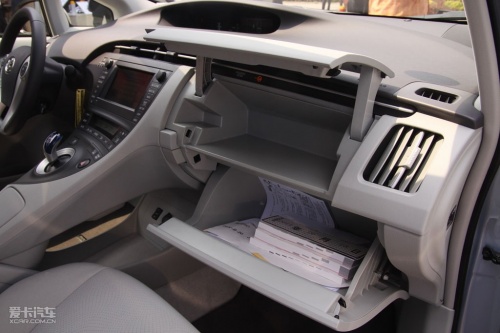
The changeable space storage compartment has a large volume, but it can be opened without damping.
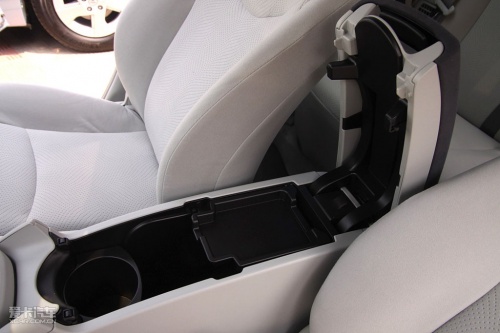
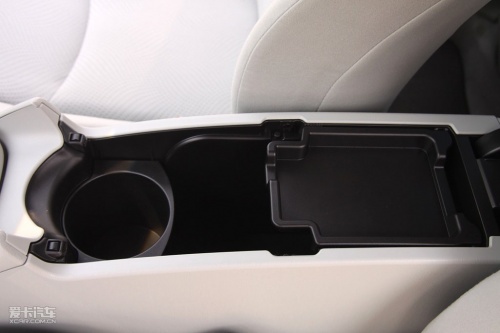
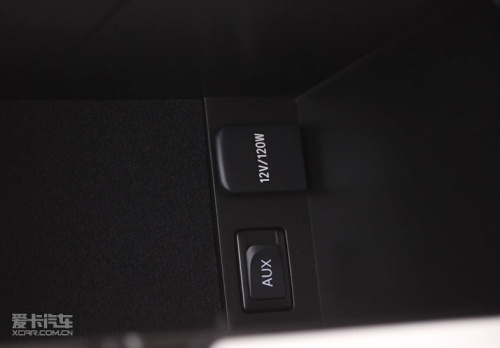
Transformers-like central armrest, which can slide back and forth, is internally equipped with 12V power supply and AUX interface.
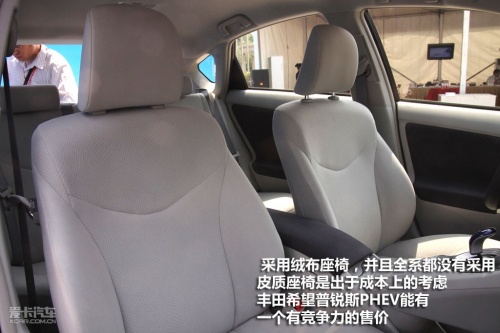
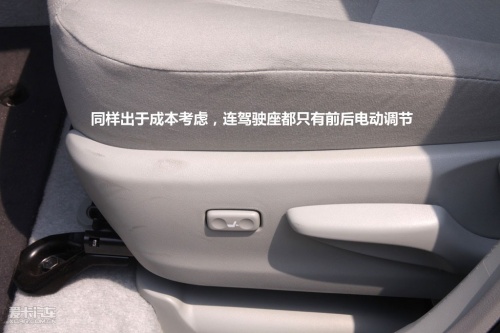

The rear legroom brought by the wheelbase of 2.7 meters is very good, which is brought by the fastback shape.
There is also plenty of headroom in the back row.
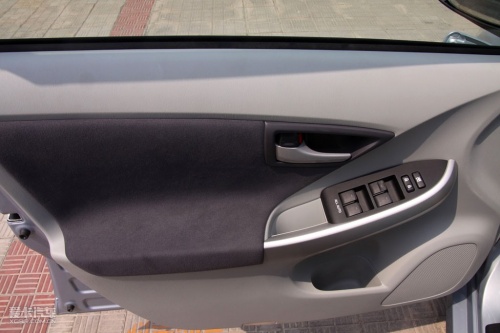
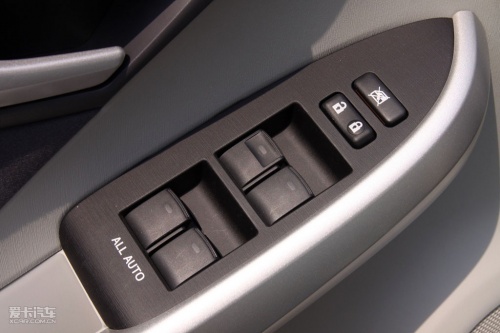
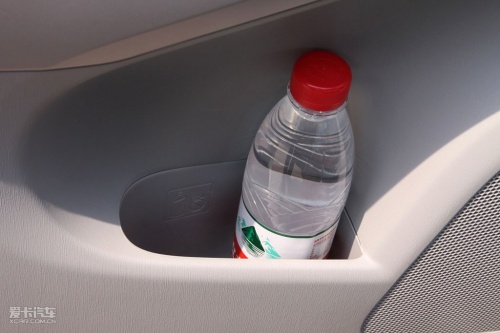
Mediocre car door design, pay attention to the gray-black part is also made of flannel material, which is the product of cost saving.
The Prius PHEV is equipped with a motor with a maximum power of 60kw, which is matched with a 1.8L gasoline engine with a maximum power output of 73kw/5200rpm. The maximum power output of the combination of the two is 100kw. In pure electric mode, the Prius PHEV can travel 20km with a maximum speed of 100km/h. When the speed exceeds 100km/h or accelerates rapidly, the gasoline engine will start to provide power (with a maximum speed of 180km/h). The 0-100km/h acceleration score is 11.4s, of course, the performance is not the most important, and the fuel economy of the Prius PHEV is worthy of attention. The fuel consumption per 100 km under mixed road conditions is only 2.6L.
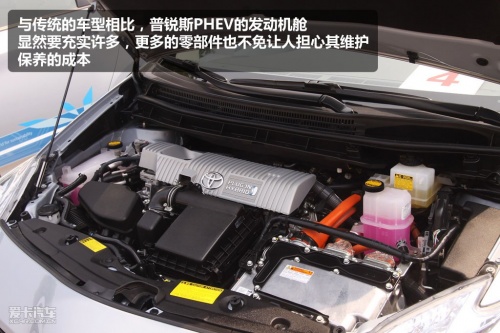
A car with an estimated price of more than 300,000 RMB uses manual poles.
Also due to cost savings.
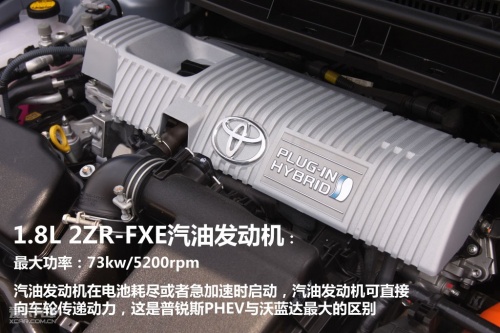
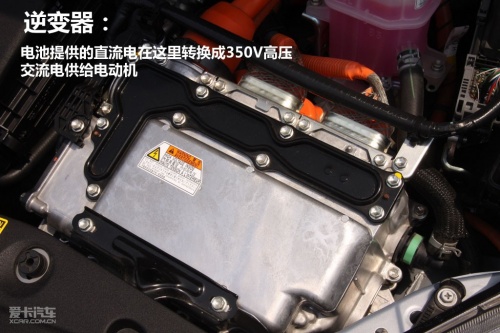
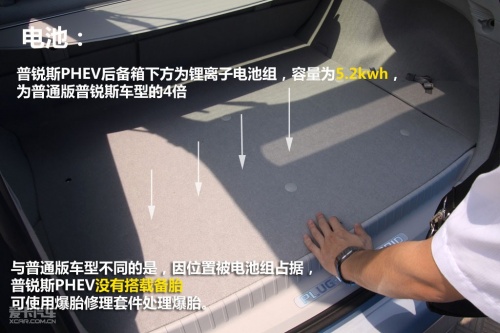
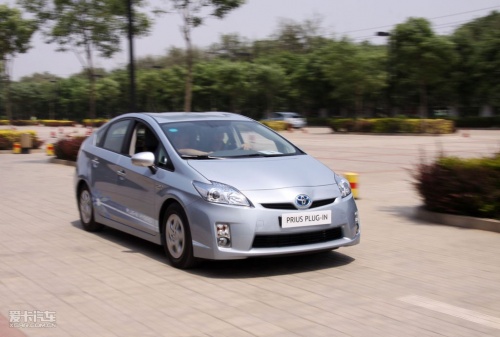
The Prius PHEV is very quiet and smooth in pure electric mode, even if you step on the accelerator.
There will be no overreaction.
supplementThe difference between the third-generation Prius PHEV and the second-generation Prius
1. In fact, PHEV is the only version of the third-generation Prius, and the second-generation Prius only has the hybrid version of the ordinary version.
2. The third-generation Prius PHEV uses the same 1.8L engine as the third-generation Prius (regular version), while the second-generation 1.5L engine.
3. The third-generation Prius PHEV uses lithium batteries, while the second-generation and third-generation Prius (regular version) both use nickel-hydrogen batteries.
4. The battery capacity of the third-generation Prius PHEV is greatly increased, and the cruising range of pure electric power is 20km, while the driving range of the second-generation or third-generation Prius (conventional version) is only about 2km.
The Prius PHEV embodies Toyota’s careful consideration in vehicle development, which not only ensures the price advantage, but also ensures the practicality of the new car is not too bad. Excellent cost control is also a major feature of Toyota products. It is believed that the Prius PHEV will have a very attractive price and be more competitive than Volanda. At the same time, for urban users, the Prius PHEV is excellent enough, and there is no need to pay more when buying a car to save a little more oil. The accuracy of the design concept has laid the foundation for the success of the Prius PHEV. I just hope that Toyota can strictly control the quality while controlling the cost, otherwise the "brake door" incident may not be an end.
Introduction to Prius PHEV-Space, Power
● Technical explanation of Prius PHEV:
What is a plug-in hybrid?
Plug-in hybrid, many netizens may have heard of this term, which is not a brand-new concept. You don’t have to know the Prius PHEV, but BYD F3DM should know it. Yes, BYD F3DM is a typical product of plug-in hybrid. DM also means dual mode, which means that the car has two main working modes: electric vehicle mode (EV) and hybrid mode (HEV), which are the same as plug-in hybrid, but only in a different way.
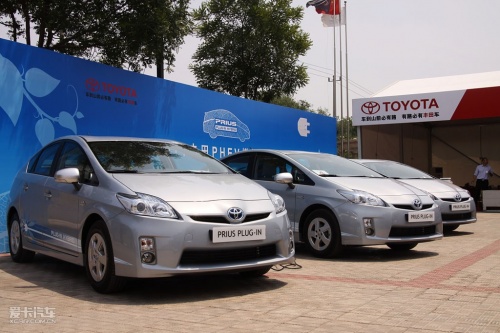
Literally, it is also well understood that it is a rechargeable hybrid vehicle. Since it can be charged, it means that it needs more battery capacity, and the plug-in hybrid vehicle can be completely driven by electricity with the support of batteries, and become a pure electric vehicle. When the onboard power is used up, it can be switched to hybrid mode and turned into a hybrid vehicle. In this way, the plug-in hybrid vehicle will have a longer cruising range than the general pure electric vehicle, and at the same time, it will be more fuel-efficient than the traditional hybrid vehicle because it can use external electricity.
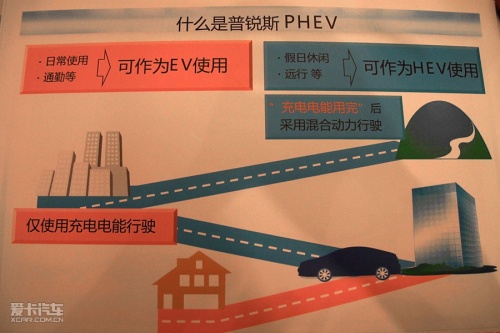
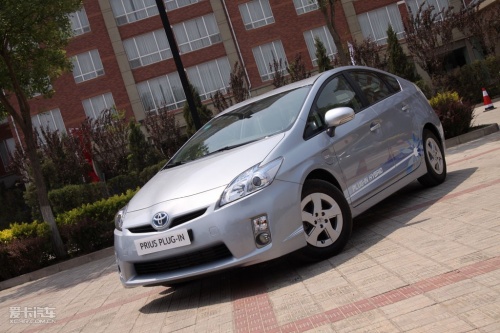
Of course, the above is a routine workflow of parallel plug-in hybrid power, and the actual situation is much more complicated, and the situation of series plug-in hybrid power will be very different (such as Chevrolet VOLT).
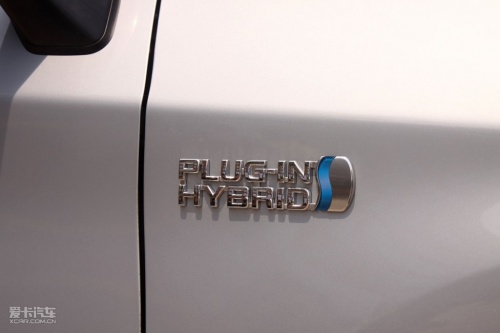
●Let’s learn about the Prius Plug-in Hybrid (PHEV) by asking and answering questions.
Q: What is the battery capacity of the Prius PHEV? What is the cruising range in pure electric mode?
A: Different from the ordinary Prius model, the Prius PHEV uses a lithium battery instead of a Ni-MH battery pack. The lithium battery has the characteristics of light weight and small volume under the same capacity, and has no memory effect, so it is more suitable for frequent charging and discharging. The lithium battery capacity of the Prius PHEV is 5.2kwh, which is four times that of the ordinary version.The cruising range in pure electric mode is 20km..
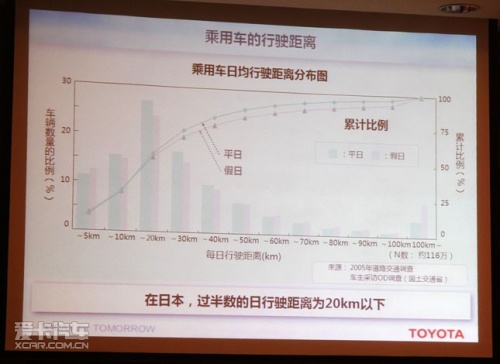
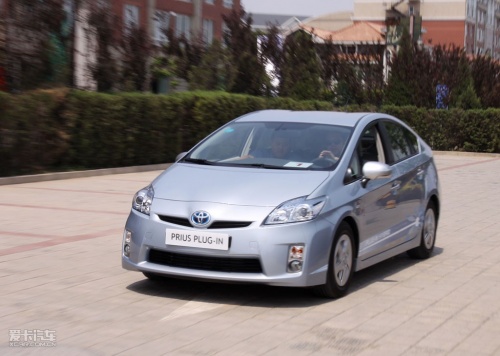
Q: Can the pure electric cruising range of 20 kilometers meet the daily needs? Why not use a longer cruising range?
A: This may be a concern of many consumers. The official explanation given by Toyota is that according to a survey conducted by the Ministry of Land, Infrastructure, Transport and Tourism of Japan, in Japan,More than half of car owners have a daily driving distance of less than 20km., can completely meet the power demand through the battery. And even beyond the cruising range, there are gasoline engines that can continue to provide power. As for why it is not designed to have a longer cruising range, the most important reason is economic considerations.The increase of cruising range will inevitably increase the battery capacity and cost, and at the same time greatly increase the car price..
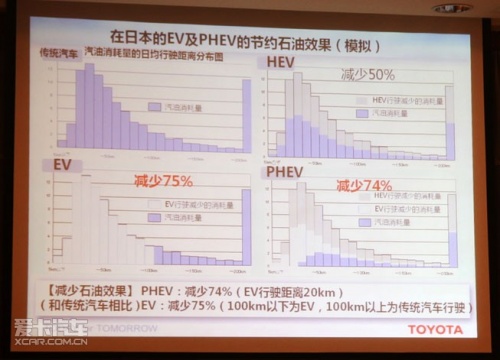
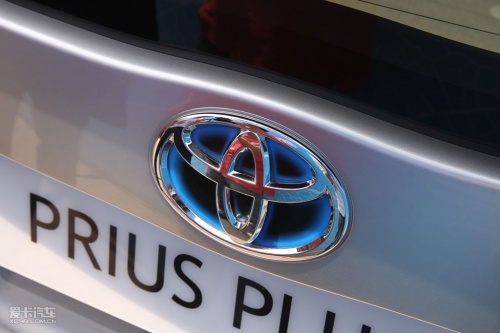
Q: How long does it take to charge the Prius PHEV? Are there any requirements for charging equipment?
A: The charging time of the Prius PHEV is 180 minutes under 100V power supply.The charging time under 200V power supply is about 100 minutes.. It can be charged on an ordinary household power supply, and there is no need to build a fast charging pile. It is understood that when charging, the current is about 16A, which is not much larger than the cabinet air conditioner, and will not cause too much burden on the power grid.